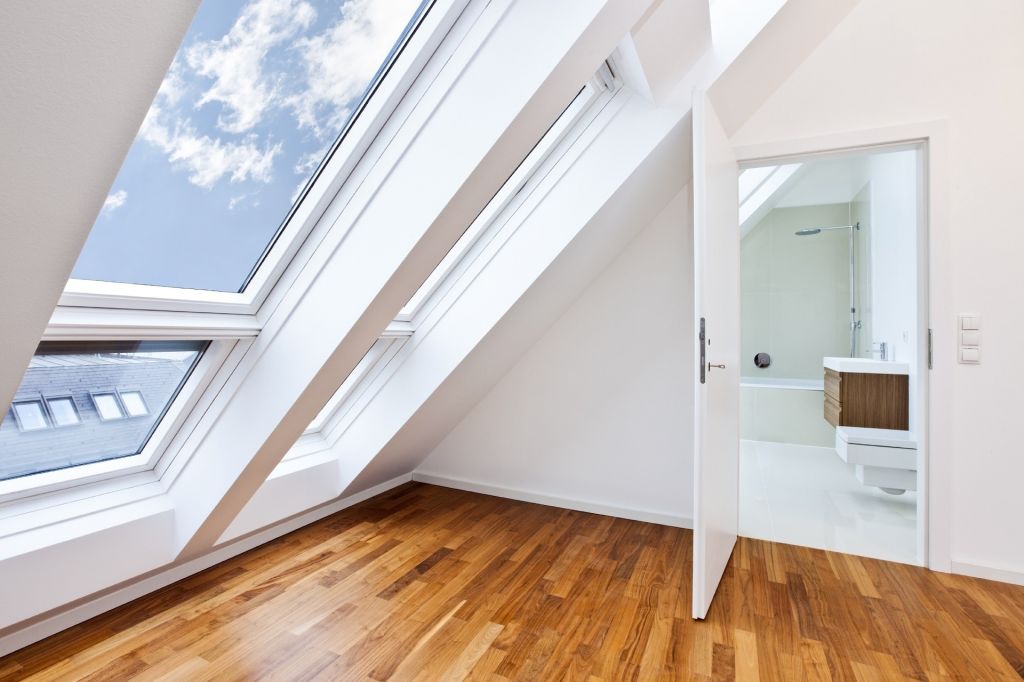Insulating your attic is a crucial step in improving your home’s energy efficiency and comfort. A well-insulated attic can help reduce heating and cooling costs, making your home more environmentally friendly while saving you money. Whether you’re a homeowner or a real estate developer, understanding how to insulate an attic is essential to ensure that your property remains comfortable and efficient year-round.

Why Insulating Your Attic is Important
Proper attic insulation is key to maintaining a consistent temperature in your home. It prevents heat from escaping in the winter and keeps your home cool in the summer. This not only enhances comfort but also reduces the strain on your heating and cooling systems. For those interested in energy-efficient homes, attic insulation is a vital component.
Understanding R-Value
The R-value measures the thermal resistance of insulation materials. A higher R-value indicates better insulation performance. The R-value needed for your attic depends on your climate and the type of insulation you choose. Generally, the colder the climate, the higher the R-value required.
Types of Attic Insulation
There are several types of insulation materials to consider:
Fiberglass Batt Insulation
Fiberglass batt insulation is one of the most common types of attic insulation. It is made of fine glass fibers and is available in pre-cut panels. This type of insulation is affordable and easy to install, making it a popular choice for DIY enthusiasts.
Spray Foam Insulation
Spray foam insulation expands to fill gaps and cracks, providing an excellent seal against air leaks. It offers a higher R-value per inch compared to other insulation types, making it highly efficient. However, professional installation is recommended for this type.
Cellulose Insulation
Made from recycled paper products, cellulose insulation is an eco-friendly option. It is treated with fire retardants for safety. Cellulose is often blown into attics, providing good coverage and reducing air infiltration.
Steps to Insulate Your Attic
Step 1: Assess Your Current Insulation
Before adding new insulation, it’s important to evaluate the existing insulation in your attic. Check for areas where insulation is thin or missing, and look for signs of moisture or pest infestations.
Step 2: Seal Air Leaks
Sealing air leaks is a crucial step in ensuring your attic insulation works effectively. Use caulk or spray foam to seal gaps around pipes, vents, and chimneys. This will help prevent drafts and improve the overall efficiency of your insulation.
Step 3: Choose Your Insulation Material
Based on your assessment, choose the insulation material that best suits your needs and budget. Consider factors such as R-value, ease of installation, and environmental impact when making your decision.
Step 4: Install the Insulation
Follow the manufacturer’s instructions for installing your chosen insulation material. Ensure that the insulation is evenly distributed and that there are no gaps or voids. For batt insulation, cut the panels to fit snugly between rafters.
Maintaining Your Attic Insulation
Regular maintenance is essential to keep your attic insulation performing optimally. Periodically check for signs of damage or moisture and address any issues promptly. This will help preserve the integrity of your insulation and maintain energy efficiency.
Benefits of a Well-Insulated Attic
A well-insulated attic offers numerous benefits, including:
- Lower energy bills
- Improved indoor comfort
- Reduced environmental impact
- Enhanced home value
Insulating your attic is a worthwhile investment that pays off in both the short and long term.
External Resources
For more attic renovation ideas, visit this guide.

FAQs
What is the best type of insulation for an attic?
The best type of insulation depends on your specific needs and budget. Fiberglass batt, spray foam, and cellulose are all popular choices, each with their own advantages.
How often should I check my attic insulation?
It’s a good idea to check your attic insulation at least once a year, preferably before the winter season begins, to ensure it is in good condition and functioning effectively.
Can I insulate my attic myself?
Yes, many homeowners choose to install insulation themselves, particularly if using fiberglass batt insulation. However, professional installation is recommended for spray foam insulation due to its complexity.
This article contains affiliate links. We may earn a commission at no extra cost to you.



